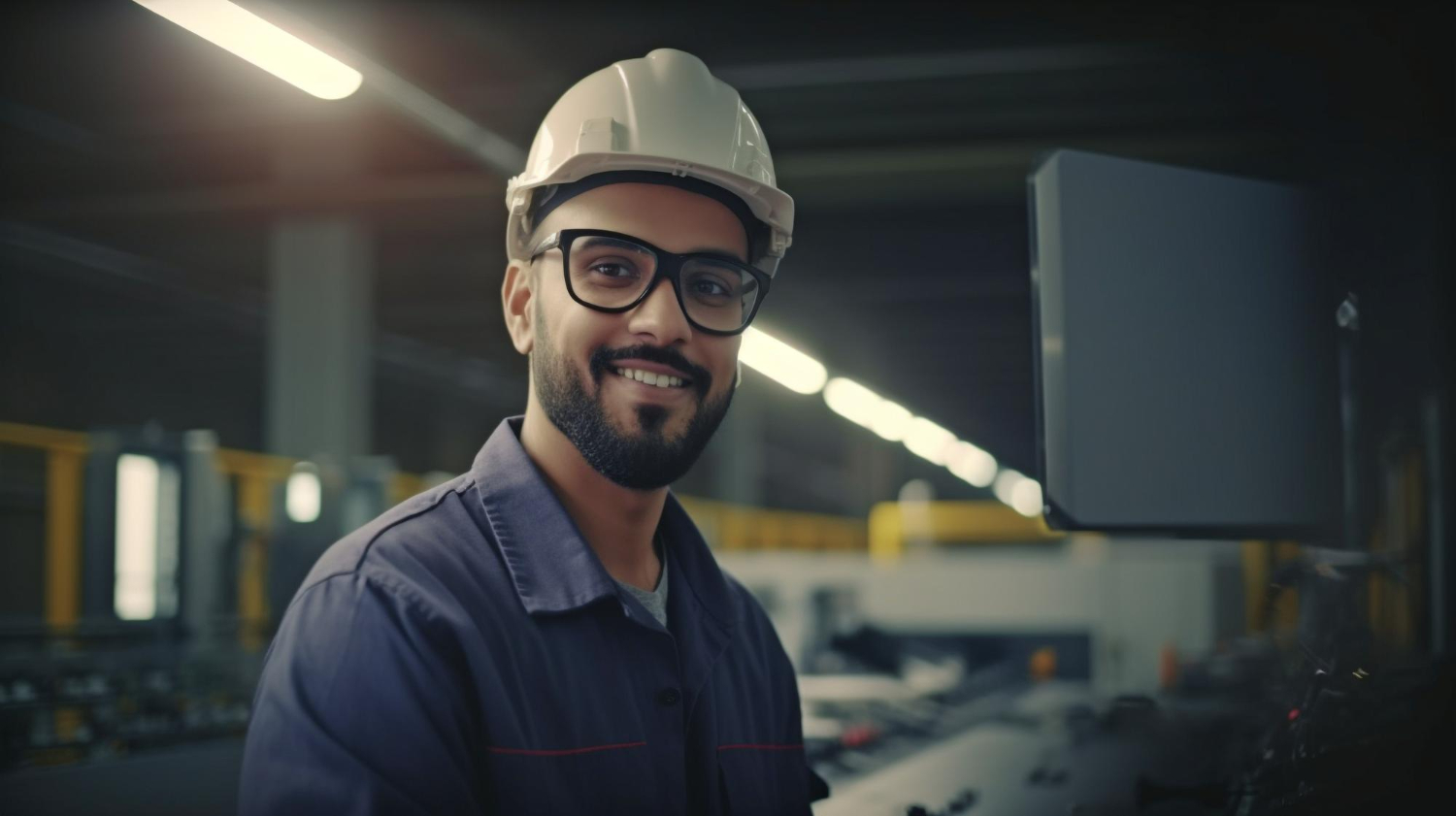Autonomous Maintenance (AM) is arguably the most critical key to Total Productive Maintenance (TPM). By empowering operators to perform routine maintenance on machines, it prevents downtime, facilitates quicker problem resolution, and improves productivity. Additionally, operators experience a greater sense of ownership and responsibility. However, companies often struggle to successfully implement this concept. Here’s how you can achieve it.
Autonomous maintenance entails operators taking responsibility for the machines, their maintenance, and inspection. After all, they are the individuals working with them every day. It is a part of the Lean philosophy that puts the employee at the center of the production process. This aligns perfectly with EZ Factory’s motto: power to the operator!
Autonomous maintenance has become a common term in production environments, and there is a consensus that it works. However, many companies only go through a few steps when implementing it, while the true benefits of autonomous maintenance arise from completing all the steps. So, what are these steps, and how can you make each one successful?
Step 1: Initial cleaning of machines and workstations
A clean and organized workstation provides clarity, promotes efficiency, and creates a pleasant working environment for everyone. Moreover, in a clean workspace, abnormalities are more easily noticeable. In an autonomous maintenance project, cleaning is not just about cleanliness. Employees immediately identify deviations and learn that cleaning is an ideal time for additional inspections.
TIP: Ideally, this initial step should be carried out by teams consisting of operators, team leaders, and quality personnel. Different people notice different things.
Step 2: Eliminating sources of dirt and problems
Cleaning is good, but preventing dirt is even better. Therefore, in this step, the team investigates and eliminates sources of dirt and other issues. They also look for ways to simplify the cleaning process, such as making hard-to-reach areas more accessible.
TIP: Implement improvement suggestions promptly, so that everyone experiences the difference right away.
Step 3: Establishing standards
Autonomous maintenance revolves around the core activities of Cleaning, Inspecting, Lubricating, and Tightening (CILT). After the previous steps, the team determines the standards for these activities in this step. How frequently should a machine be lubricated? How often and how thoroughly should a particular component be cleaned? Where should items be stored after use? These details are documented in (preliminary) checklists.
TIP: Store the checklists digitally for easy updates, especially since changes are likely to occur during this phase. Use photos to illustrate the expected results. To achieve this, you can utilize a digital operators platform (also known as a connected worker platform) like EZ-GO.
Step 4: Enhancing operators’ technical skills
Typically, not all operators will possess all the necessary autonomous maintenance skills. Therefore, this step involves providing all operators with a certain level of knowledge. This can be achieved through training sessions and work instructions. The work instructions can be accessed later by the operators involved in the AM project and new employees joining the company. Using work instructions facilitates the training of new employees, ensuring consistent information delivery.
TIP: It’s best to digitally document the work instructions within the operators’ platform. This way, they can be accessed anytime, anywhere, and easily updated centrally. Additionally, incorporating photos and videos is clearer than lengthy text. This is particularly important in a work environment with many individuals whose first language may not be Dutch.
Step 5: Autonomous inspections: Improving and revising checklists
The ideal approach is never determined in one go. That’s why this step is crucial: improving and revising the checklists. This is simple when they are digitally documented, as the changes are immediately available to everyone. Once all stakeholders agree on the checklist, operators can autonomously conduct inspections and report them digitally.
TIP: Ask all project participants for suggestions to enhance the inspections and promptly incorporate them. This fosters engagement in the modifications and acceptance of the checklists. Ensure that adjustments are made as close to the shop floor as possible, such as involving a team leader or production manager.
Step 6: Standardizing and visualizing
Until this point in the project, the focus has primarily been on machines and work situations. In step 6, attention is also given to processes. Are they aligned optimally? How is the shift handover managed? Are all autonomous maintenance tasks scheduled with the appropriate frequency and at the right times?
TIP: Engage with employees from various functions, levels, and shifts to answer these questions. If certain aspects are not yet visualized with photos and videos, this is the opportune moment to do so. Changes and adjustments can be immediately incorporated into the operators’ platform.
Step 7: Continuous improvement
Continuous improvement is the final step in implementing AM. Once the previous steps have been completed, you will have a functioning process. However, there is always room for improvement. Encourage operators and other employees to continually propose enhancements. A digital operators platform offers two ways to achieve this. Firstly, any employee who identifies a deviation or problem can report it as an action in the platform and assign it to the appropriate person. Secondly, statistics can highlight areas for structural improvement.
TIP: Encourage employees to input their improvement suggestions into the platform. This makes them visible to everyone, allows tracking of their status, and ensures they reach the relevant person directly. TIP: Utilize the statistical capabilities to their fullest. This enables the identification of trends. Discuss these trends in work meetings to collectively determine the best solutions.
Achieving Successful Autonomous Maintenance Autonomous maintenance is one of the most powerful tools for increasing productivity. By devoting focused attention to it, following all the steps, and involving employees at each stage, commitment and acceptance are fostered. A digital operators platform, also known as a connected worker platform, simplifies the establishment and daily facilitation of autonomous maintenance while enabling employee contributions to continuous improvement.
If you are interested in implementing or improving autonomous maintenance in your organization, consider exploring the possibilities offered by the EZ-GO platform. Contact us for more information or a demo.


